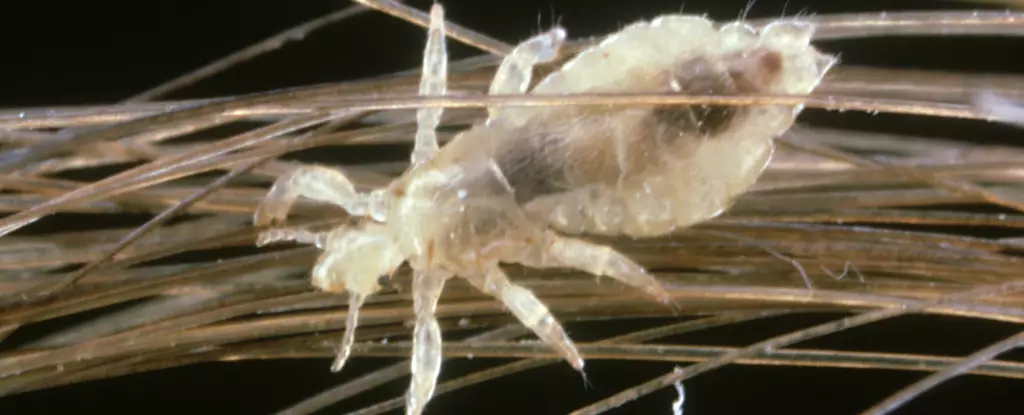Head lice infestations can be one of the most frustrating challenges for parents and caregivers. These tiny six-legged insects have been a persistent companion to humans, particularly affecting primary school-aged children. As insecticide resistance emerges and common treatments lose their effectiveness, the task of eliminating lice has grown increasingly complex. However, armed with knowledge and a strategy, it is possible to manage head lice infestations with patience and persistence.
Head lice are highly specialized insects that thrive in human hair, favoring the warm environment of the scalp. These pests do not discriminate and can infest anyone, though children are particularly vulnerable due to close contact with peers. The female louse lays an average of 100 eggs within its month-long lifespan, which can create a rapid escalation in the number of lice. Unfortunately, the stigma attached to head lice often outweighs the actual health risks. Contrary to popular belief, authorities do not classify head lice as a health concern, as there is no evidence linking them to the spread of infectious diseases.
The primary mode of lice transmission is through direct head-to-head contact, a common occurrence among children during play or group activities. Unlike other insects, head lice cannot jump or fly, making close proximity essential for their spread. Interestingly, while numerous studies indicate high infestation rates in schools—sometimes affecting up to 72% of students—outbreaks are not indicative of uncleanliness. Head lice thrive irrespective of household cleanliness, which speaks to the broader misconception surrounding their infestation.
When faced with an infestation, a variety of treatments are available, predominantly consisting of over-the-counter insecticides. However, many of these products often fall short, failing to eliminate lice eggs and, in some cases, becoming less effective due to resistant lice strains. This is why a multifaceted approach is critical for successful eradication.
One of the most recommended methods is the “conditioner and comb” technique, often favored by healthcare professionals. This chemical-free method requires several steps: first, apply hair conditioner to damp hair and allow it to act for approximately 20 minutes to immobilize the lice. Then, systematically comb through with a fine-toothed lice comb, collecting the adult lice on cleaning tissues or paper towels. This first step is essential in curbing the adult population, but thoroughness is vital because re-treatment is necessary about a week later to address newly hatched lice, completing the cycle of infestation.
It is crucial to understand that treatment alone is not a quick fix. Consistency is paramount, requiring follow-up combing to ensure all lice and newly hatched young are effectively removed before they can reproduce and prolong the cycle.
While cleaning the household does not directly eliminate lice, maintaining good hygiene practices is still important. Unlike common misconceptions, lice do not survive off the human host for long, making it unnecessary to wash bed linens or vacuum excessively. Nonetheless, it can be helpful to encourage children to avoid sharing hats, brushes, and personal items that could facilitate transmission.
Parents should be vigilant and proactive, routinely checking for lice, especially following close encounters with other children. Establishing open conversations with children about head lice can reduce the stigma attached to infestations, normalizing the problem as something easily dealt with rather than a source of shame.
Head lice infestations pose a unique challenge to families, requiring a blend of understanding, empathy, and strategic action. While the process may demand significant patience, employing effective techniques like the conditioner-comb method and maintaining an open dialogue with children about head lice will ensure a proactive approach to management. Remember, head lice are a common nuisance, and with the right tools and information, parents can navigate this phase of parenthood with confidence, ensuring their child remains healthy and lice-free.


Leave a Reply